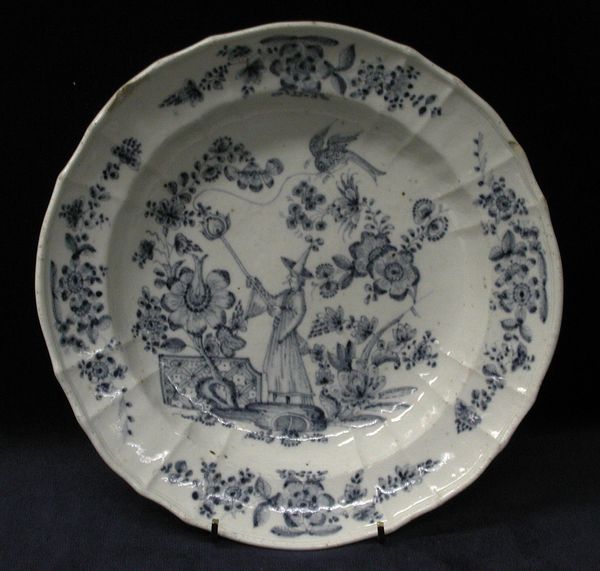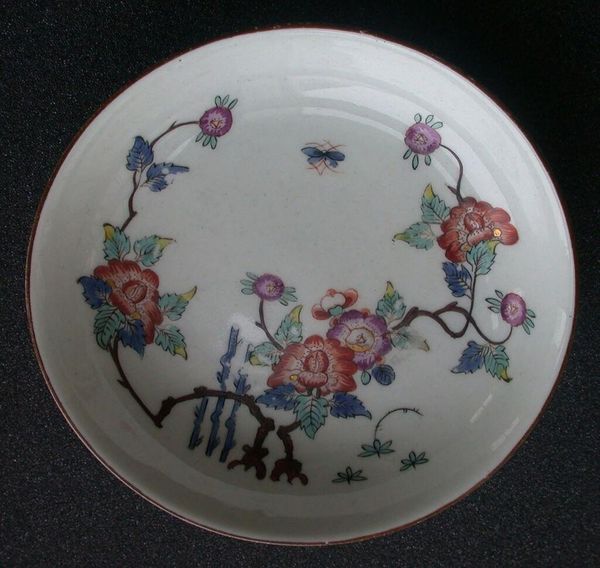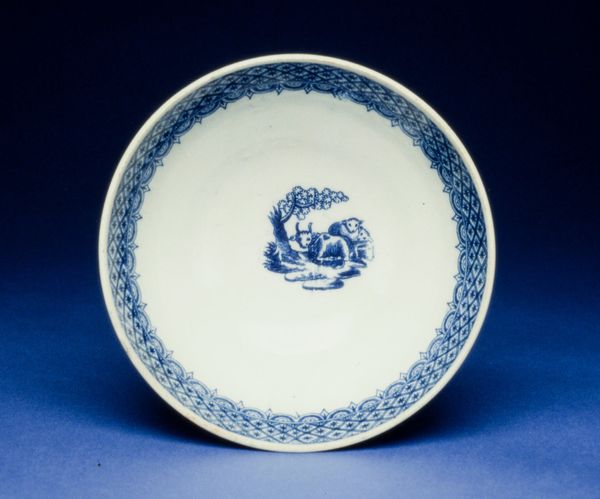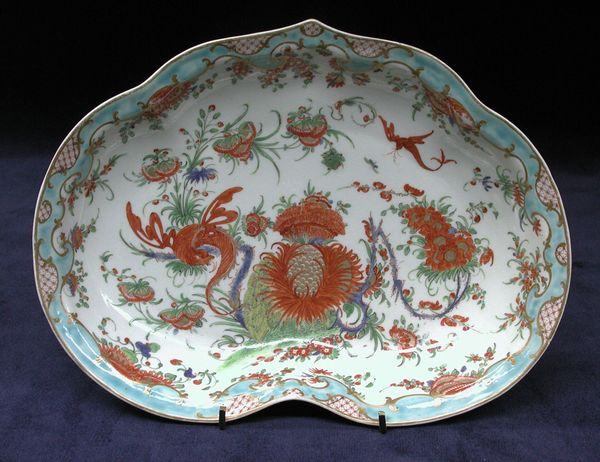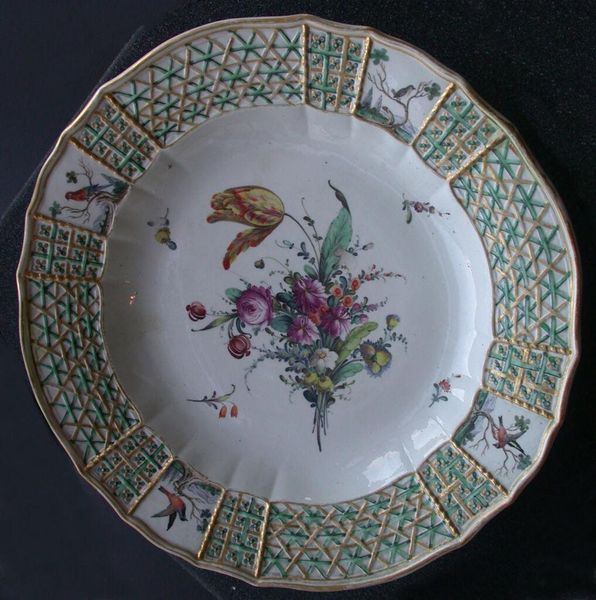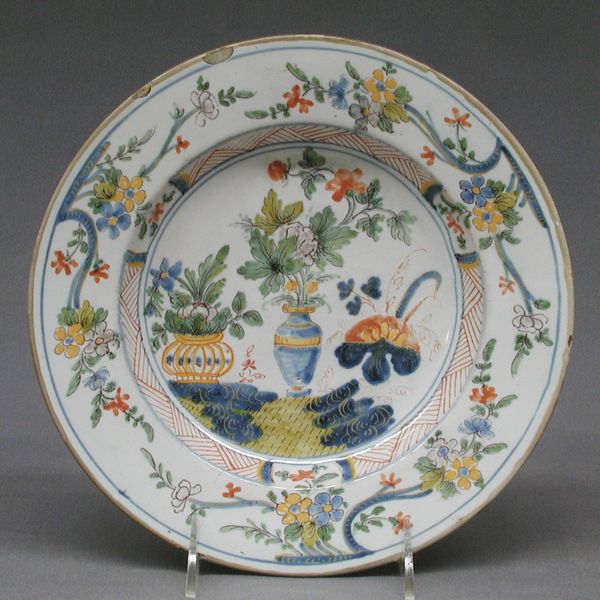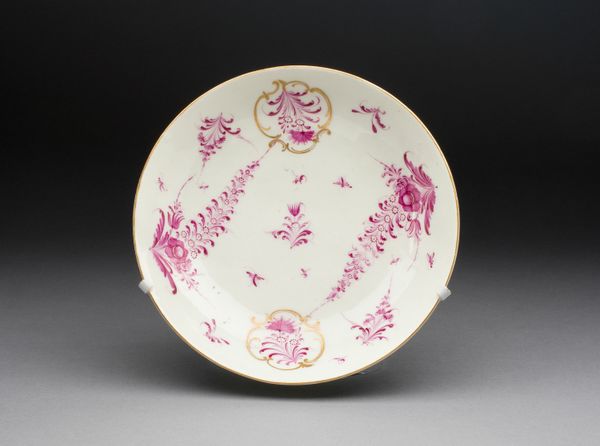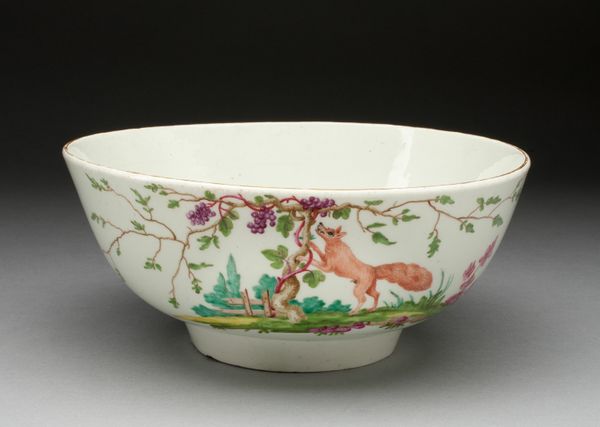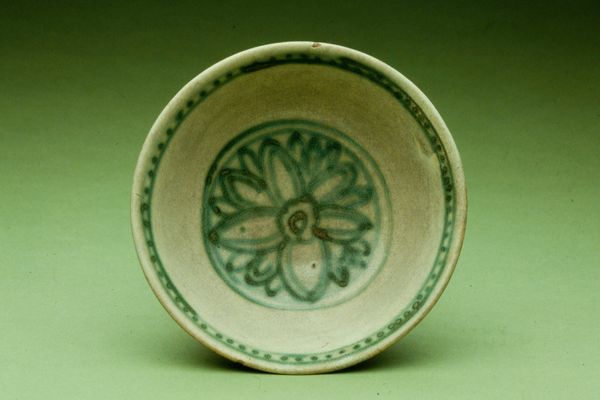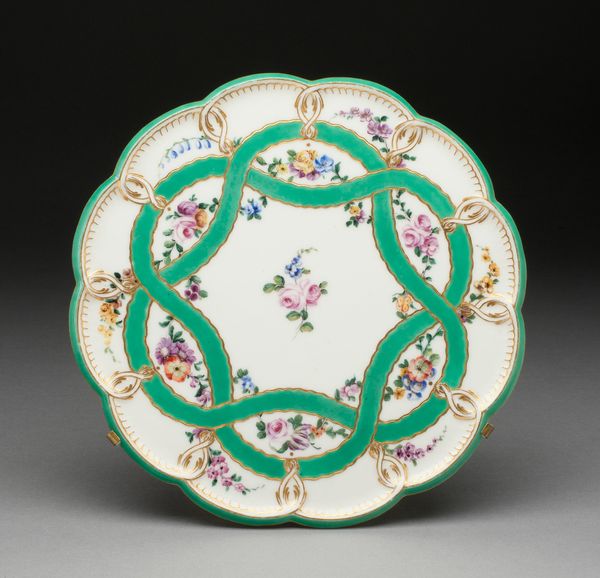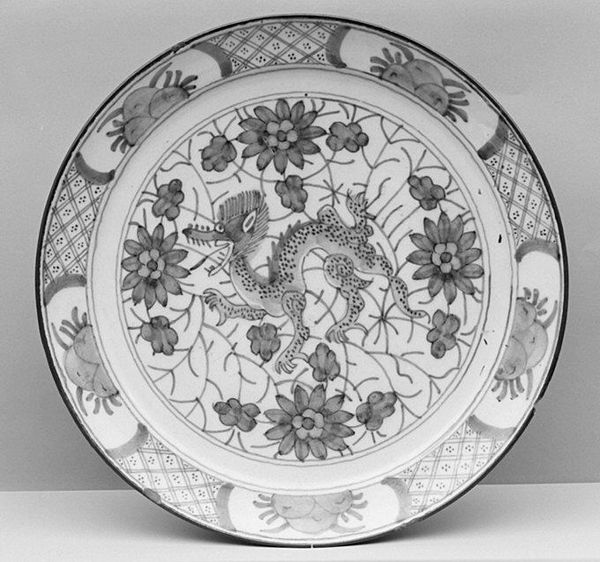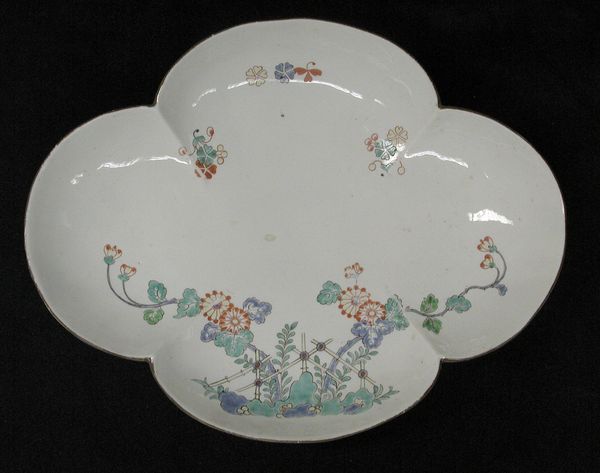
ceramic
#
medieval
#
ceramic
#
decorative-art
Dimensions: 2 x 10 in. (5.08 x 25.4 cm)
Copyright: Public Domain
Editor: We are looking at a ceramic plate from around the 15th century, an anonymous piece currently housed in the Minneapolis Institute of Art. What strikes me immediately is its simple, almost folksy charm. What do you see when you look at this work? Curator: From a formalist perspective, the plate's decoration can be appreciated by isolating the components of its design, stripping away layers of contextual significance, to examine its structural integrity. Note the radial symmetry established by the bird at the center and further reinforced with alternating floral roundels. Editor: So, it's all about how the artist organized the space within the circle? Curator: Precisely. Notice how the negative space around the central bird motif contributes just as much as the positive form of the design. The artist manipulated the white space to imply movement, guiding the eye. Editor: That makes sense! The swirling patterns do draw you in. But isn’t it a bit… plain? Curator: Consider the conscious decision to use only one colour. Green monochrome allows the underlying patterns and forms to take center stage. By isolating line, shape and space, we appreciate how form dictates function in this case, challenging notions that utilitarian objects cannot function as decorative art objects. Editor: I never thought about the impact of a single colour before. I can see how the simplicity highlights the composition in a new way. Thanks for pointing that out! Curator: Indeed. Through careful arrangement and measured execution, a seemingly ordinary ceramic plate becomes a powerful articulation of form.
Comments
No comments
Be the first to comment and join the conversation on the ultimate creative platform.
